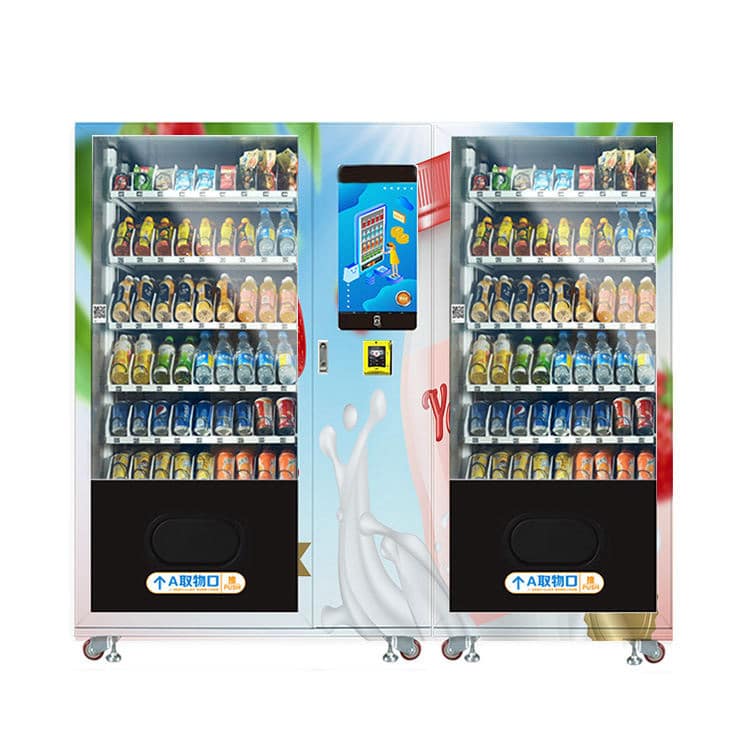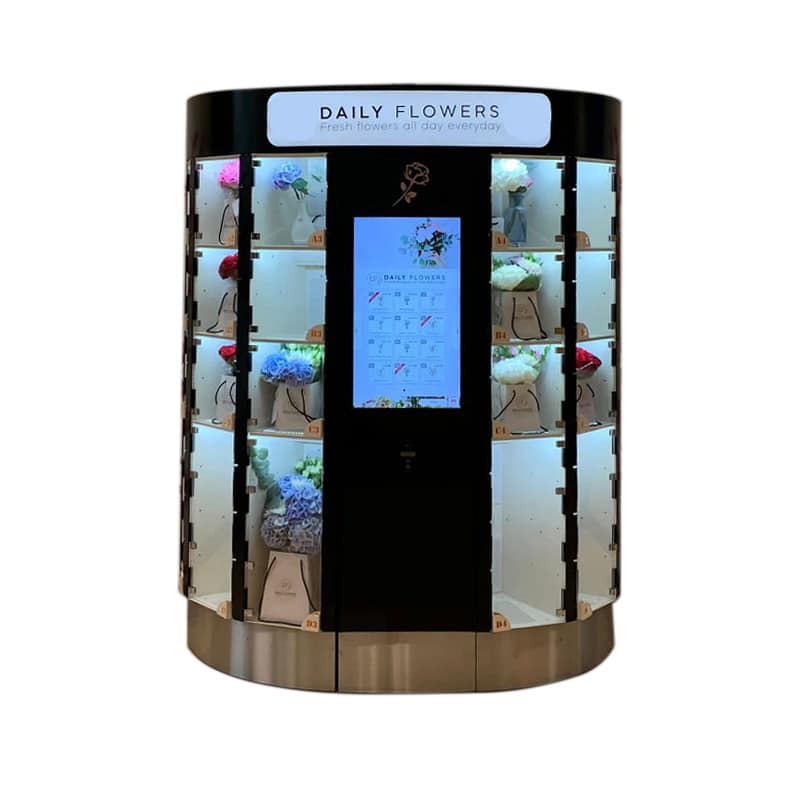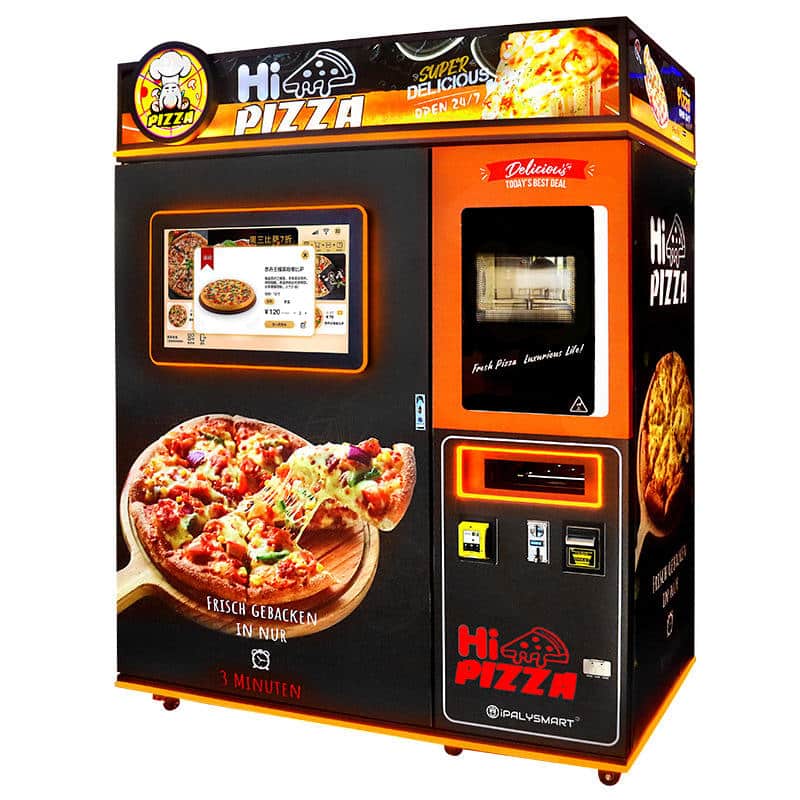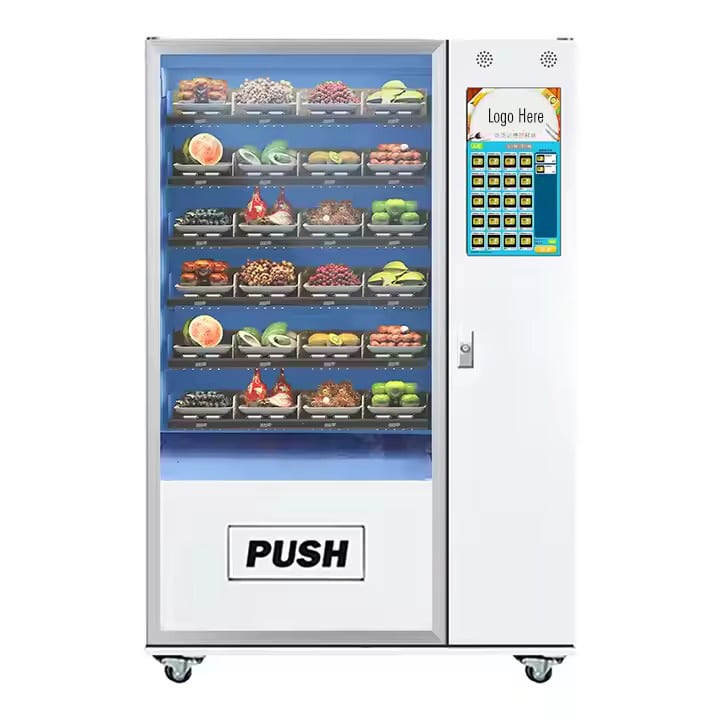Snack and drink vending machines are no longer just convenient amenities; they’ve become strategic tools for boosting business revenue across various industries. Whether in offices, retail locations, or high-traffic public areas, these machines offer a unique way to enhance customer satisfaction and generate steady income. Here's how they contribute to business growth and profitability.
1. Low Operating Costs and High Profit Margins
Vending machines require minimal overhead compared to traditional retail setups. With no need for staff to manage sales, businesses save on labor costs while enjoying high-profit margins. Snacks and beverages often have substantial markup potential, especially when sold in convenient locations.
2. Generating Passive Income
Once installed, vending machines operate autonomously, generating passive income. Regular restocking and maintenance are the only requirements, making them a hands-off revenue stream. For businesses looking to diversify their income sources, vending machines provide a reliable solution.
3. Capturing Impulse Purchases
Snack and drink vending machines are strategically placed to target impulse buyers. Whether in office break rooms, gyms, or shopping malls, these machines capitalize on customer cravings, encouraging unplanned purchases. This constant stream of small transactions adds up to significant revenue over time.

4. Enhancing Customer Experience
For businesses like hotels, hospitals, or airports, vending machines improve customer satisfaction by offering quick access to snacks and drinks. This enhanced experience can lead to repeat business and positive word-of-mouth, indirectly boosting revenue.
5. Expanding Sales Opportunities
Vending machines provide access to new sales channels by being present in areas where traditional stores may not be feasible. They can operate 24/7, capturing sales even during non-business hours. This constant availability maximizes revenue potential, especially in high-traffic locations.
6. Leveraging Cashless Payments
Modern vending machines equipped with cashless payment options attract a broader customer base. By accepting credit cards, mobile wallets, and even QR code payments, these machines cater to consumers who prefer digital transactions. This convenience increases sales and customer satisfaction.
7. Customization for Target Audiences
Vending machines can be stocked with products tailored to specific audiences. For example, healthy snacks and energy drinks perform well in gyms, while indulgent treats are ideal for entertainment venues. This customization ensures products resonate with the target demographic, maximizing sales.
8. Advertising Opportunities
With the advent of digital vending machines, businesses can display advertisements on large screens. These ads can promote the products inside the machine or even be sold to third parties for additional revenue. Dynamic content like promotions or seasonal offers can further drive sales.
9. Supporting Brand Visibility
Branded vending machines act as marketing tools, reinforcing a company’s identity. Businesses that stock their own products in vending machines can build brand loyalty while earning revenue. This strategy is especially effective for beverage companies or specialty snack producers.
10. Scalability and Flexibility
Vending machines are highly scalable, allowing businesses to expand their reach with minimal investment. A single machine can generate consistent revenue, and adding more machines in strategic locations can exponentially increase earnings.
Snack and Drink Vending Machine
Snack and drink vending machines are more than just convenient dispensers; they are powerful revenue generators. By leveraging low operating costs, passive income potential, and strategic placement, businesses can enjoy steady profits. As technology continues to enhance vending machine capabilities, their role in boosting business revenue is set to grow even further, making them an invaluable asset for modern enterprises.


